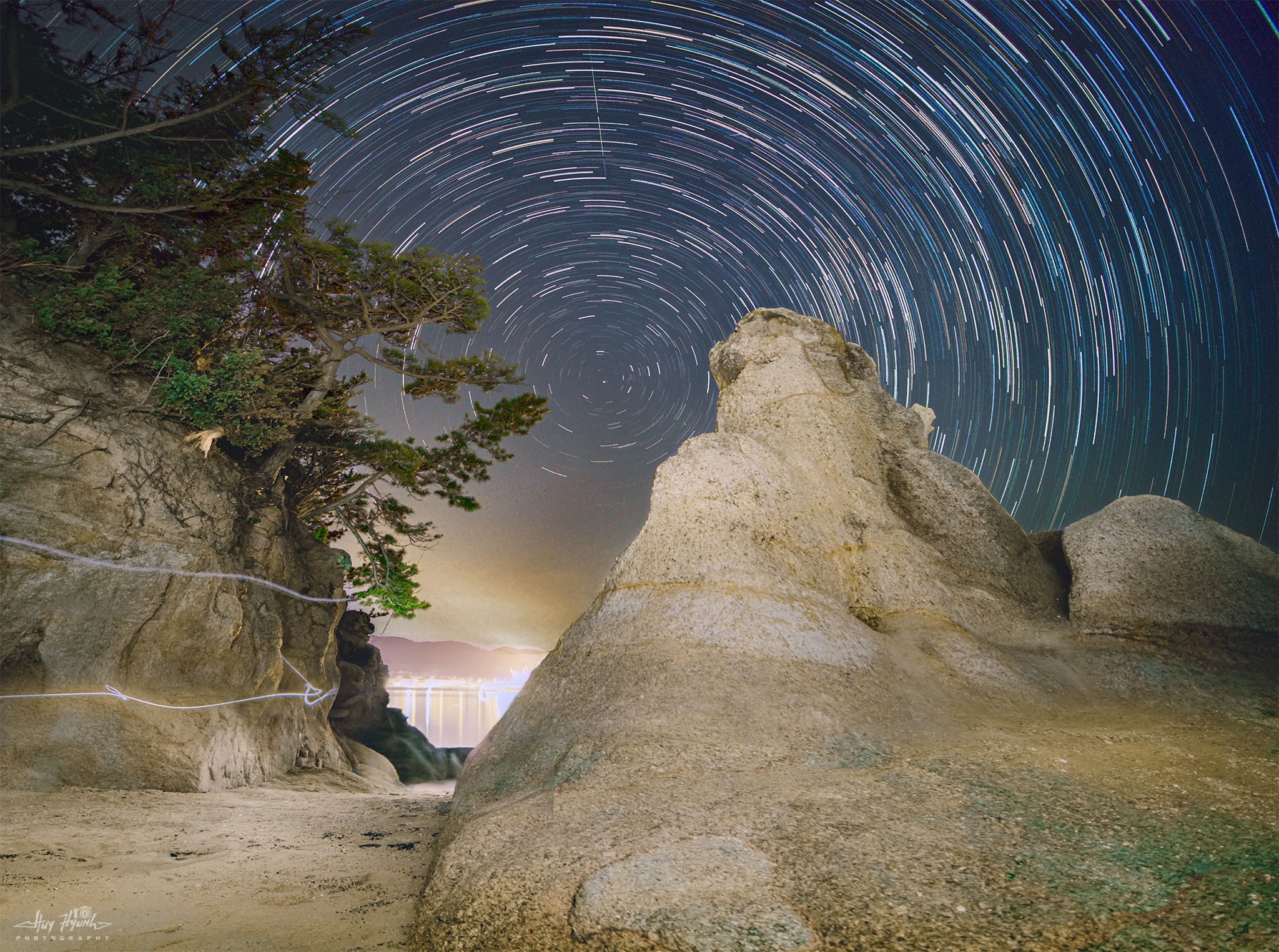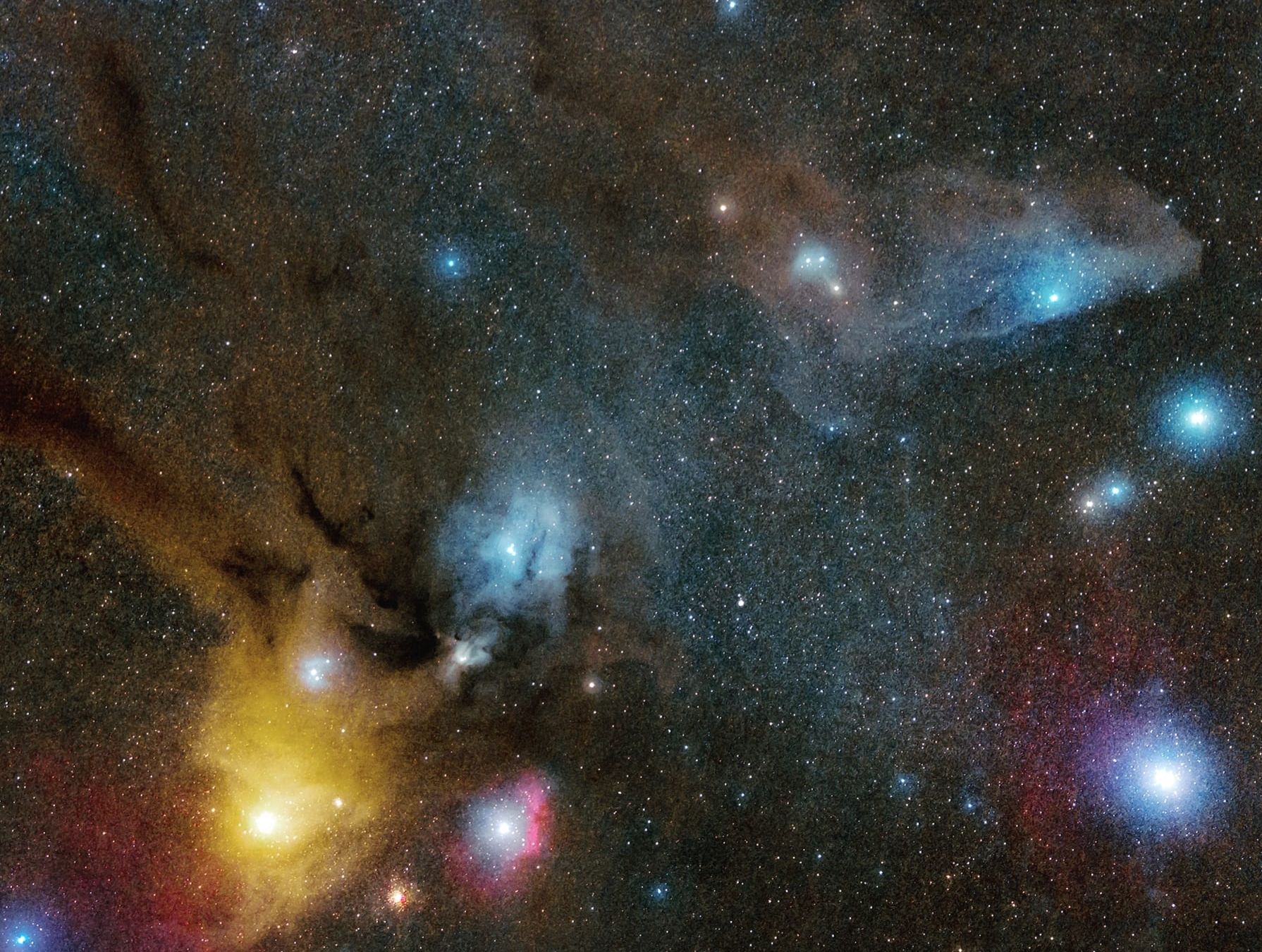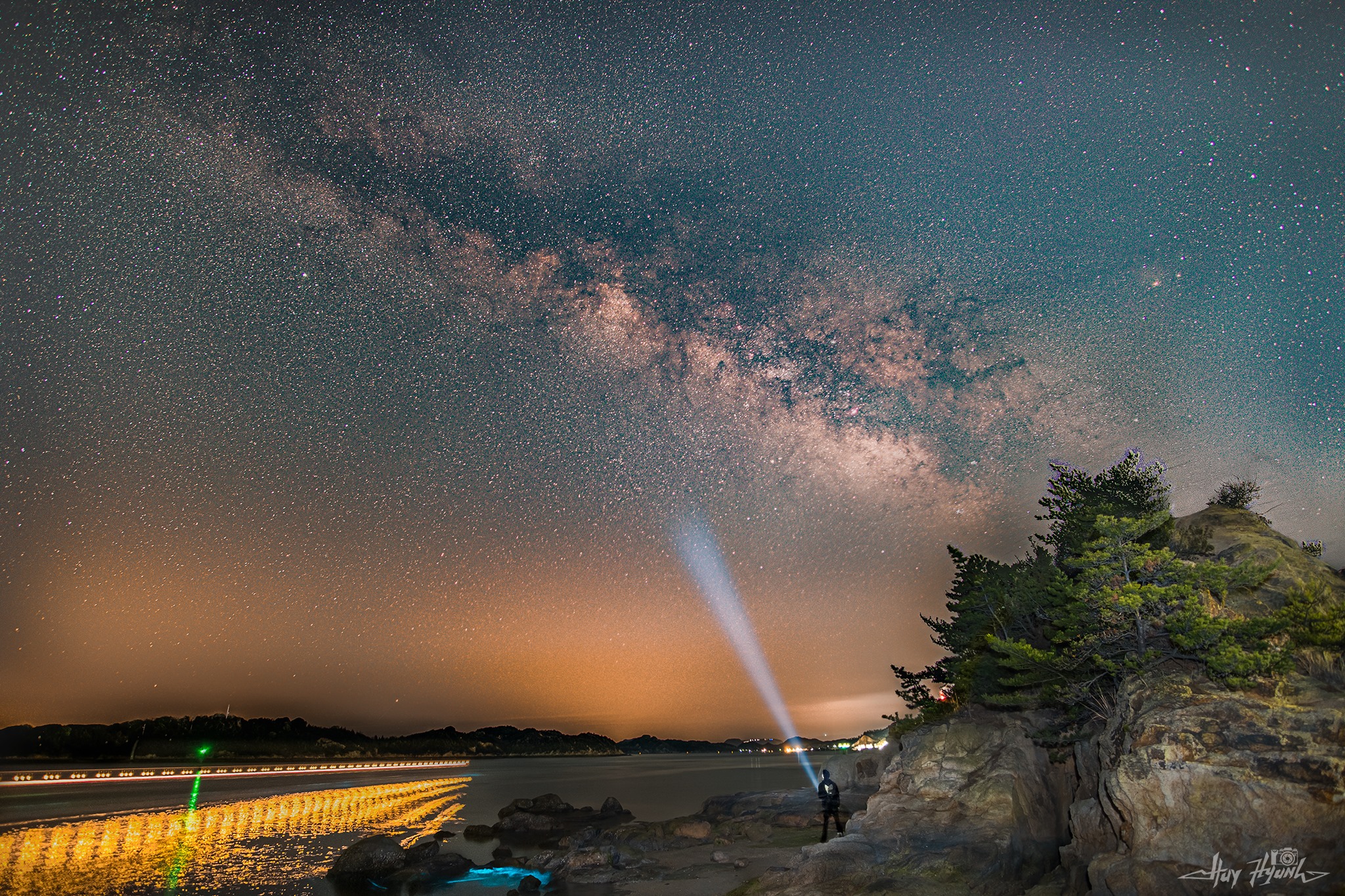- Lyrids meteor shower (April 22 – 23)This moderate meteor shower is caused by debris from comet C/1861 G1 Thatcher. Normally, it can see over 20 meteors per hour at its peak.

- Eta Aquarids Meteor Shower (May 6-7)This is a medium-sized meteor shower, occurring in the constellation Aquarius. Since it coincides with a full moon (just after the night of a penumbral eclipse), the moonlight will interfere with your tracking. If the weather is ideal enough, you might see some streaks of this phenomenon in areas of the sky farther away from where the moon is.
- Delta Aquarids meteor shower (July 28 – 29)This medium (or small) meteor shower usually occurs from mid-July until well past the middle of August every year. However, it is only really noticeable at the peak of the evening of July 28 – the morning of July 29. At the center of this phenomenon is the constellation Aquarius. Like the Eta Aquarids, this year’s Delta Aquarids meteor shower will also be blocked by moonlight.

- The Perseids Meteor Shower (August 12-13)A phenomenon caused by the remnants of the comet Swift-Tuttle, the Perseids are one of the most notable meteor showers every year. It takes place from mid-July to the end of August, with the climax falling on the night of August 12 – the morning of August 13.
The moon will have no significant influence on this extreme night.
- Super Moon (August 31)
- Orionids meteor shower (October 21-22)The Orionids are still considered an annual meteor shower. It is centrally located in the constellation Orion – a constellation so easy to find that nearly anyone can find it when the sky is clear thanks to the three closely spaced and aligned stars astronomers call it. is “Orion’s belt”. During this observation, you will have a good chance of seeing many Orionids meteors if the weather is favorable, because they are not obstructed by moonlight.
 Source: THANHNIEN
Source: THANHNIEN








